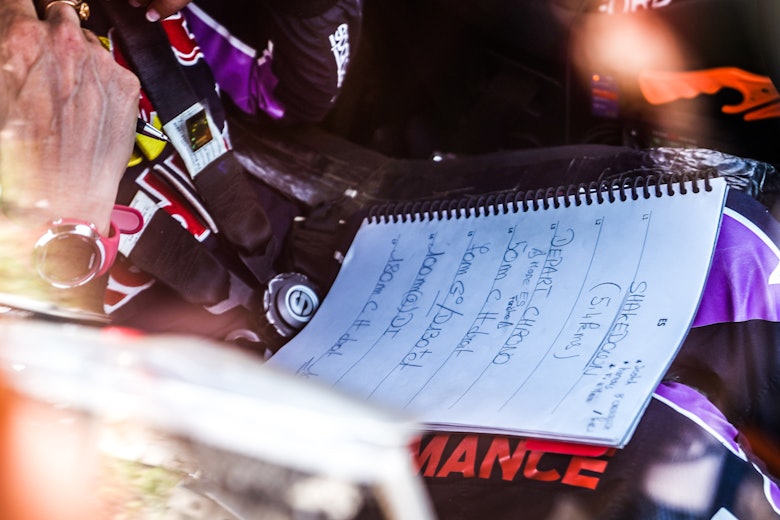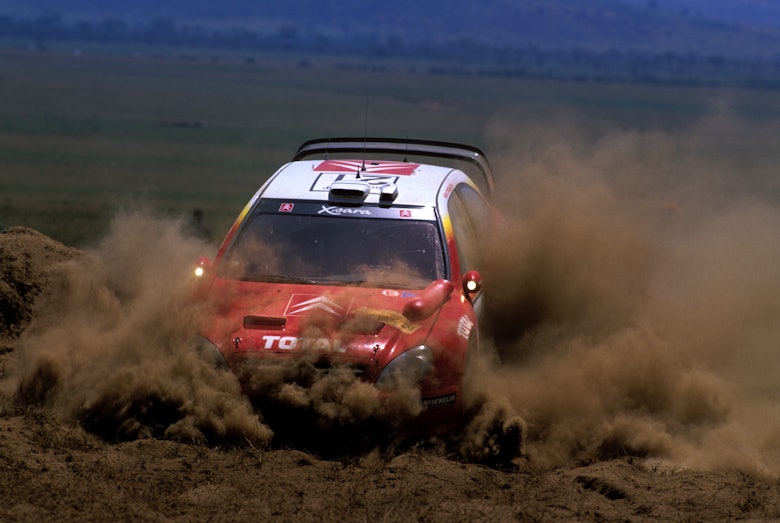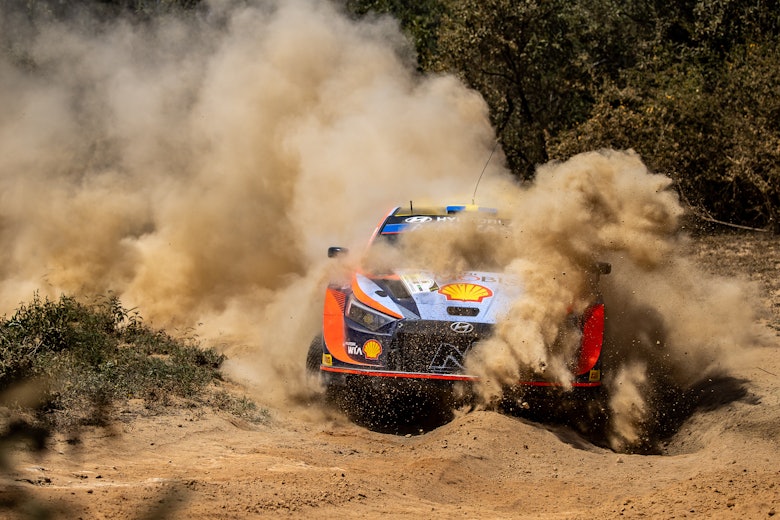He’s seen it all, has Sébastien Loeb. He’s been part of the World Rally Championship for over 20 years now.
After so long at the top, there’s surely nothing new under the sun for the nine-time world champion? Somewhere in that rich repertoire of experience, he’ll have a parallel from the past to draw on and apply to whatever new challenges might face him.
Not this time. Safari Rally Kenya has, somehow, forced Loeb to go back to the drawing board and figure something out from scratch.
That new thing under the beating Kenyan sun is the peculiarities of the road surface. Ones which mean inventing entirely new descriptions for pacenotes that Loeb and co-driver Isabelle Galmiche have never needed to concoct previously.

“We had to improvise some new terms to use to describe because you see some things that you have to describe that you never did in the past,” Loeb told DirtFish.
“We used some new words so it made it a bit more complicated.”
Complex is right. There are obstacles that simply don’t exist on other rounds of the world championship in Kenya. Sardinian gravel might be a bit sandy – but it’s got nothing on the fesh-fesh in Kenya, which can be deceptive and fool the eye at first glance.
So what has Loeb added to the notes for the first time?
“Like ‘deep sand’ or ‘big step.’ ‘Step 2’ or ‘Step 5’ or different level of roughness of the road,” explained Loeb. “It’s difficult to judge and difficult to describe.”

This is Loeb’s first visit to the Safari in its modern-day iteration – his last time there was 20 years ago in a Citroën Xsara WRC. Much has changed since then.
But much appears to have changed since last year too. Oliver Solberg made his top-level WRC debut on gravel in Kenya last year and lasted only four stages, a broken rear subframe forcing him out.
Despite having a year’s worth of notes to fall back on, Solberg too was making additions and revisions to notes that he’d been able to carry over from 2021.

“I had to change a bit,” Solberg said. “OK, the corners are what they are, so the pacenotes don’t change in that sense. But a bit about information, how rough and how to grade it with the many different things how to do it, caution, a lot of things. That’s the difficult part.
“I’ve asked the drivers for a bit of help to see how they did it and tried to implement that a bit in my notes. We’ll see.”






